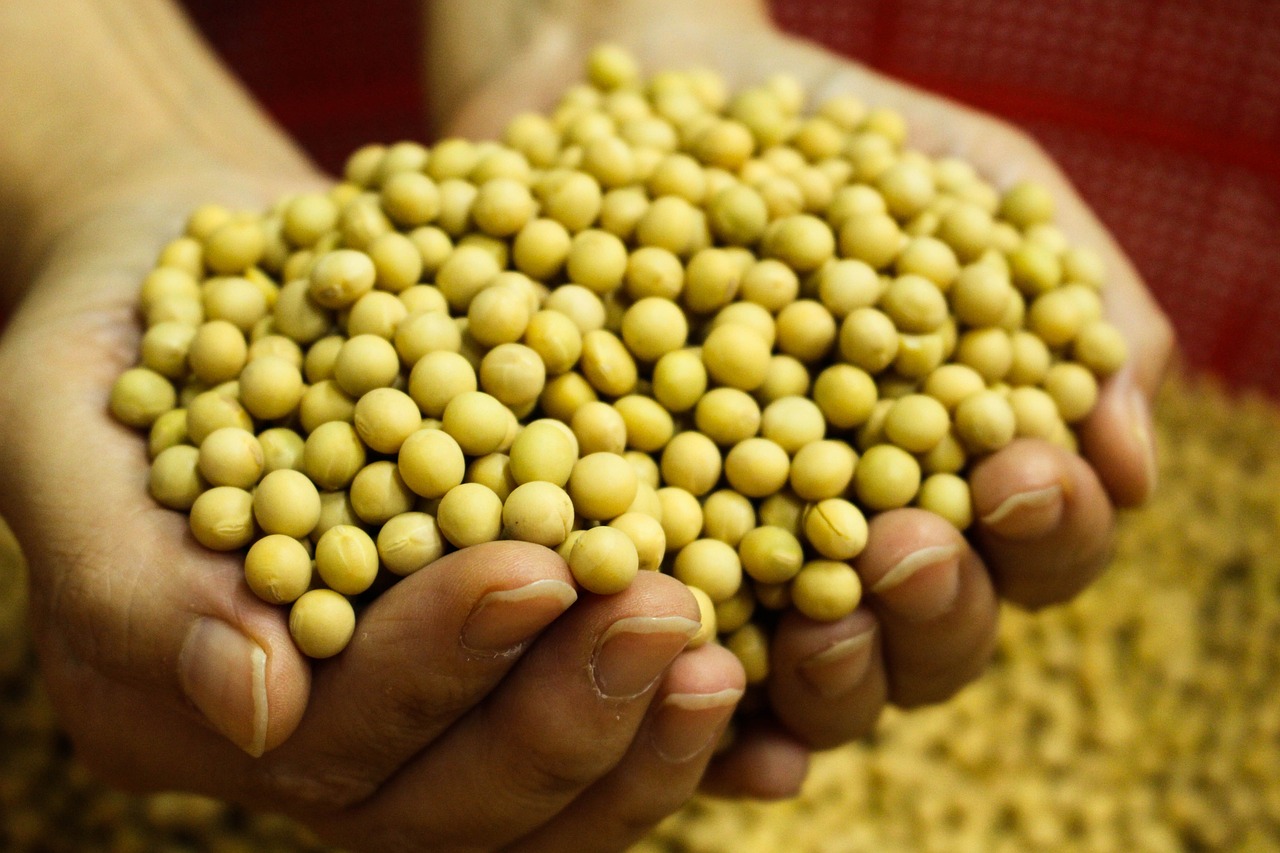Domestication and history
The origins of the soybean plant are obscure, but many botanists believe it was first domesticated in central China as early as 7000 bce. An ancient crop, the soybean has been used in China, Japan, and Korea for thousands of years as a food and a component of medicines. Soybeans were introduced into the United States in 1804 and became particularly important in the South and Midwest in the mid-20th century. Brazil and Argentina are also major producers.
Physical description and cultivation
The soybean is an erect branching plant and can reach more than 2 metres (6.5 feet) in height. The self-fertilizing flowers are white or a shade of purple. Seeds can be yellow, green, brown, black, or bicoloured, though most commercial varieties have brown or tan seeds, with one to four seeds per pod.
In the United States the majority of soybean crops are genetically modified for resistance to the herbicide glyphosate. The soybean may be cultivated in most types of soil, but it thrives in warm, fertile, well-drained, sandy loam. The crop is planted after all danger of frost is past. Soybeans are usually harvested mechanically, after the leaves have fallen off the plant and the moisture content of the seed has dropped to 13 percent, permitting safe storage. Like other legumes, the plant adds nitrogen to the soil by means of nitrogen-fixing bacteria and historically has been an important soil-enriching crop, though this practice is not common in most industrial agriculture systems.


Comments (0)
No comments yet. Be the first to comment!